
Zona 4: The Vibrant Heart of Guatemala City
Discover Zona 4 in Guatemala City: A vibrant neighborhood blending modern architecture, street art, and a thriving cultural scene. Perfect for art enthusiasts and foodies alike.
Zona 4 in Guatemala City is a lively and eclectic neighborhood that has become a cultural and artistic hub. Known for its modern architecture, trendy cafes, and vibrant street art, Zona 4 offers a unique blend of the traditional and the contemporary. As you walk through its streets, you will find a mix of young professionals, artists, and entrepreneurs who have turned this area into a hotspot for creativity and innovation. One of the main attractions in Zona 4 is Cuatro Grados Norte, a pedestrian-friendly zone filled with art galleries, boutique shops, and gourmet restaurants. This area is perfect for a leisurely stroll, where you can enjoy the colorful murals that adorn many of the buildings. Don't miss out on the local markets that pop up frequently, offering handmade crafts and local delicacies. Zona 4 is also home to several cultural institutions, including theaters and museums, which host a variety of events and exhibitions throughout the year. Whether you are interested in contemporary art, live music, or simply soaking in the local atmosphere, Zona 4 has something to offer for every type of traveler.
Local tips in Zona 4
- Visit Cuatro Grados Norte for a pedestrian-friendly experience filled with art, food, and shopping.
- Check out the local markets for unique handmade crafts and local foods.
- Explore the street art that decorates many of the buildings in the area.
- Attend cultural events at local theaters and museums to get a taste of the local arts scene.
- Try the gourmet restaurants and trendy cafes for a delightful culinary experience.
Zona 4: The Vibrant Heart of Guatemala City
Zona 4 in Guatemala City is a lively and eclectic neighborhood that has become a cultural and artistic hub. Known for its modern architecture, trendy cafes, and vibrant street art, Zona 4 offers a unique blend of the traditional and the contemporary. As you walk through its streets, you will find a mix of young professionals, artists, and entrepreneurs who have turned this area into a hotspot for creativity and innovation. One of the main attractions in Zona 4 is Cuatro Grados Norte, a pedestrian-friendly zone filled with art galleries, boutique shops, and gourmet restaurants. This area is perfect for a leisurely stroll, where you can enjoy the colorful murals that adorn many of the buildings. Don't miss out on the local markets that pop up frequently, offering handmade crafts and local delicacies. Zona 4 is also home to several cultural institutions, including theaters and museums, which host a variety of events and exhibitions throughout the year. Whether you are interested in contemporary art, live music, or simply soaking in the local atmosphere, Zona 4 has something to offer for every type of traveler.
Iconic landmarks you can’t miss
Plaza de la Constitución
Explore the vibrant Plaza de la Constitución in Guatemala City, where history, culture, and local life come together in a stunning urban park.
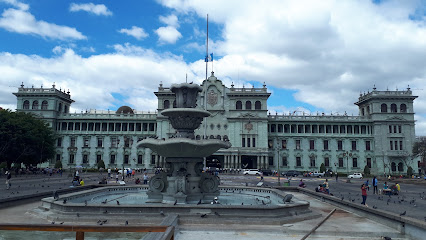
Plaza Obelisco
Explore the iconic Plaza Obelisco in Guatemala City, a historic monument and vibrant tourist attraction at the heart of the city’s cultural landscape.

Torre del Reformador
Discover Torre del Reformador, Guatemala City's iconic monument, offering breathtaking views and a glimpse into the rich culture and history of Guatemala.

Plaza España
Explore the cultural richness of Plaza España, a stunning monument in Guatemala City, blending history, art, and local vibrancy.
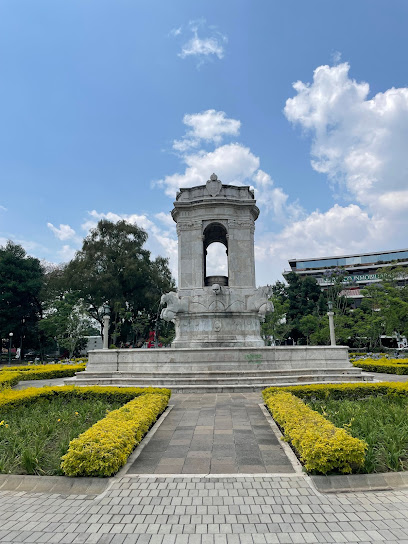
Casa del Aguila Cultural Center
Explore the vibrant heart of Guatemala at Casa del Aguila Cultural Center, where art, music, and tradition come alive in a dynamic cultural experience.
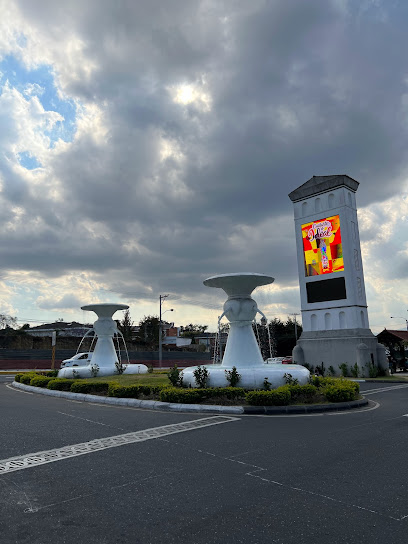
Trovajazz Casa Cultural
Discover the vibrant cultural tapestry of Guatemala at Trovajazz Casa Cultural, a hub for music, art, and community.
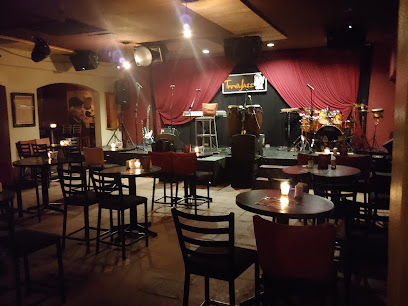
4 Degrees North - Guatemala
Explore the vibrant hub of Guatemala City at 4 Degrees North, your ultimate tourist information center for local insights and experiences.
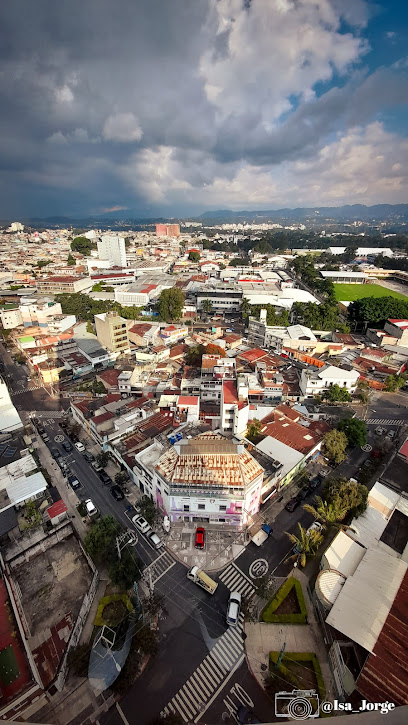
Iglesia Yurrita
Discover the architectural beauty and spiritual significance of Iglesia Yurrita, a must-visit Catholic church in Guatemala City.
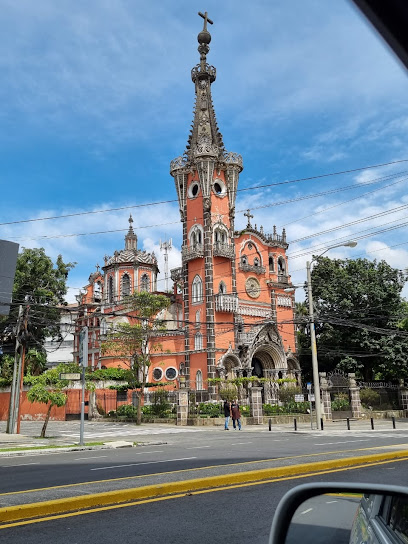
Arco de Correos
Discover the Arco de Correos, a historic landmark in Guatemala City, showcasing stunning architecture and rich cultural heritage.
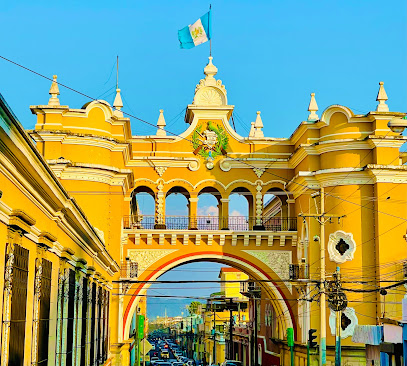
Acueducto de la serpiente
Explore the enchanting Acueducto de la Serpiente, an architectural marvel in Guatemala City, rich in history and surrounded by breathtaking landscapes.
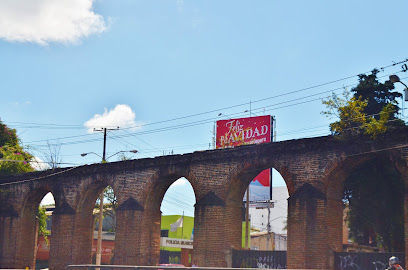
Unmissable attractions to see
Plaza de la Constitución
Explore the vibrant heart of Guatemala City at Plaza de la Constitución, where history, culture, and local life converge in a stunning architectural setting.
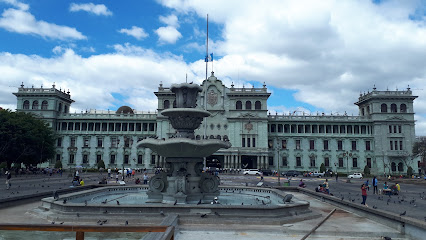
Plaza Obelisco
Explore the iconic Plaza Obelisco in Guatemala City, a breathtaking monument symbolizing national pride and vibrant local culture.
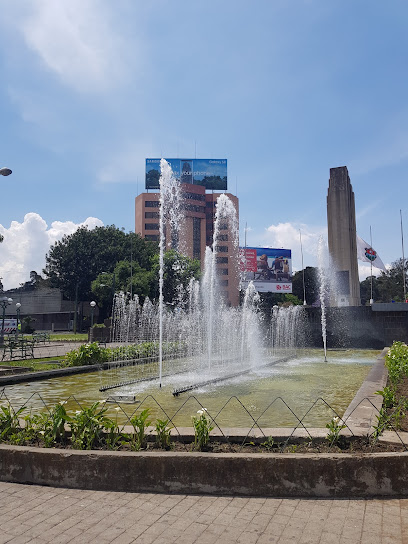
Palacio Nacional de la Cultura
Discover the rich history and vibrant culture at the majestic Palacio Nacional de la Cultura in Guatemala City, a true architectural gem.
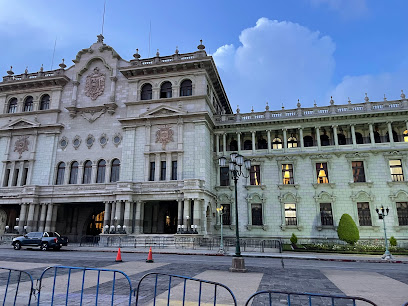
Railway Museum
Explore the fascinating history of rail travel at the Railway Museum in Guatemala City, showcasing vintage locomotives and interactive exhibits.
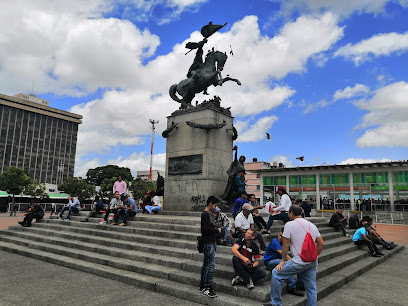
Museo Popol Vuh
Explore the rich heritage of Guatemala at Museo Popol Vuh, home to ancient Mayan artifacts and colonial art that tell the story of a vibrant culture.

Esquilandia
Discover endless fun and excitement at Esquilandia, the premier amusement park in Guatemala City, perfect for families and thrill-seekers alike.
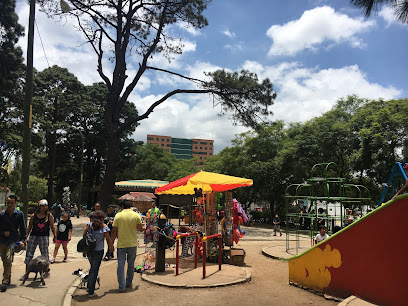
Essential places to dine
L' Aperó
Experience authentic pizza at L' Aperó in Guatemala City – where tradition meets innovation in every delicious slice.
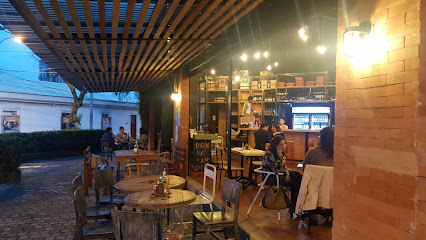
Comedor Santo Tomas
Experience the heart of Guatemalan cuisine at Comedor Santo Tomas, where traditional flavors meet vibrant culture.
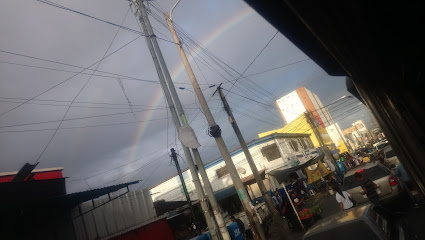
Restaurante Flor De Lis
Discover Restaurante Flor De Lis: A culinary treasure in Guatemala City offering exquisite traditional dishes and handcrafted cocktails.
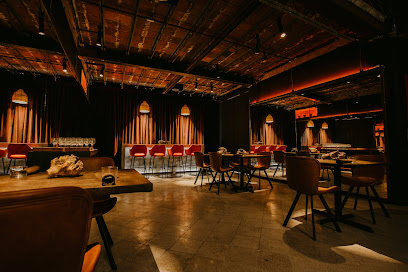
Fogoncito
Discover authentic Guatemalan flavors at Fogoncito in Guatemala City - a culinary gem blending tradition with vibrant dining experiences.
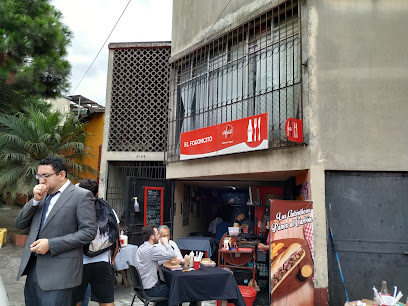
Diacá
Experience the rich flavors of Guatemala at Diacá, where innovative cuisine meets local tradition in a welcoming atmosphere.
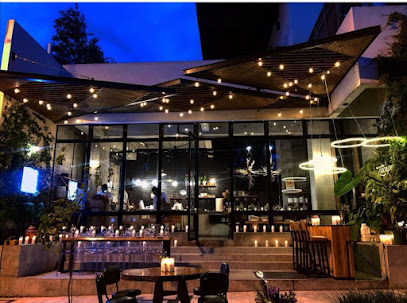
Restaurante Mamma Roma
Experience authentic Italian cuisine at Restaurante Mamma Roma in Guatemala City’s vibrant Zone 4—where every dish tells a story.
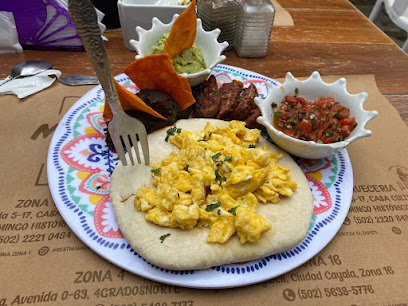
Elia Mediterranean cuisine
Savor authentic Mediterranean flavors at Elia Mediterranean Cuisine in Guatemala City - where every dish tells a story.
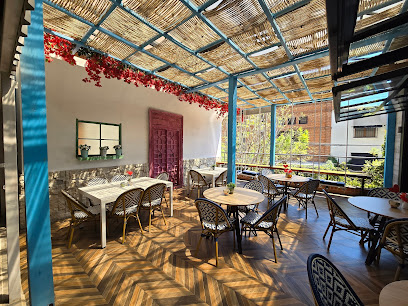
La Gastroteca
Experience authentic Mediterranean cuisine at La Gastroteca in Zone 4 of Guatemala City—where every dish tells a story of flavor and tradition.

Restaurante La Negrita
Experience the essence of Guatemalan grilling at Restaurante La Negrita in Zone 4 - where flavor meets tradition.
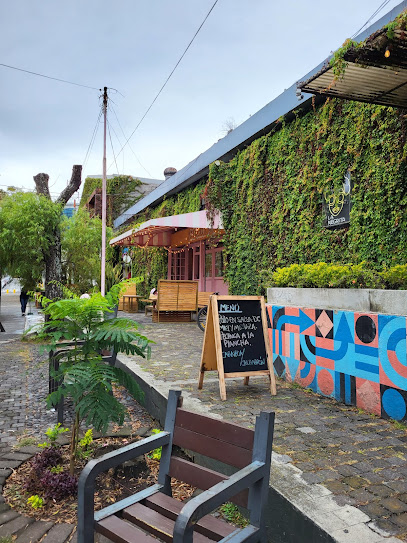
K'áak
Discover authentic Guatemalan flavors at K'áak in Zone 4, where tradition meets innovation in every dish.
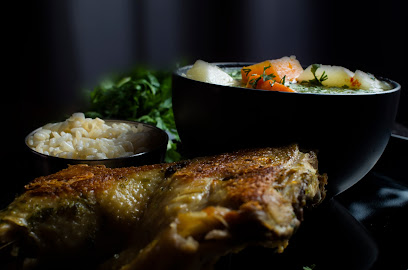
Markets, malls and hidden boutiques
SUBLIMUNDO GT
Explore Sublimundo GT in Guatemala City for unique gifts and authentic local crafts that embody the spirit of Guatemala.
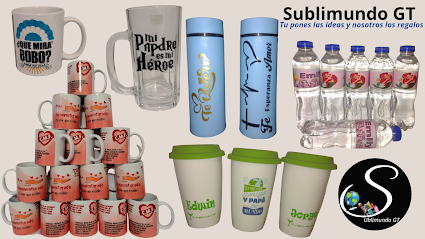
Los Precios de Centroamérica
Explore Los Precios de Centroamérica for authentic Central American gifts and unique souvenirs in Guatemala City.
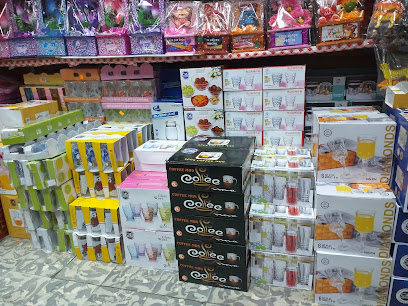
Regalos Lucky T01 Portalito
Discover authentic Guatemalan crafts and souvenirs at Regalos Lucky T01 Portalito, a must-visit gift shop in Guatemala City.

Tutto Plaza Zona 4
Discover a stylish selection of women's fashion at Tutto Plaza Zona 4, where local culture meets contemporary trends in the heart of Guatemala City.
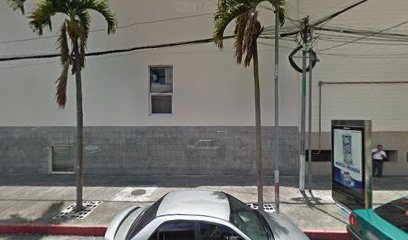
Novedades Sandy
Explore the Great Outdoors with Quality Gear from Novedades Sandy in Guatemala City’s Zone 4 – Your Adventure Awaits!
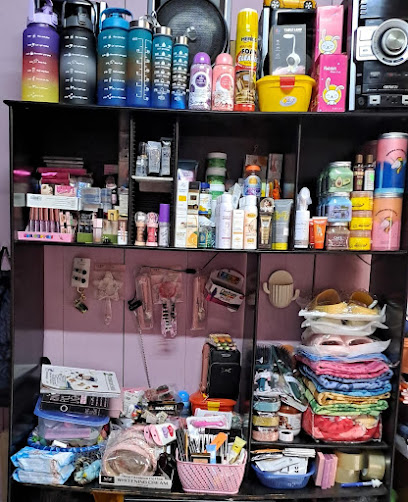
El centro 2do nivel local2-08 zona 1 guatemala
Explore a stunning collection of handcrafted jewelry in Guatemala City, reflecting the rich culture and artistry of the region.

Cherry Boom Shop
Explore Cherry Boom Shop in Guatemala City for trendy women's clothing that fuses local culture with contemporary style.
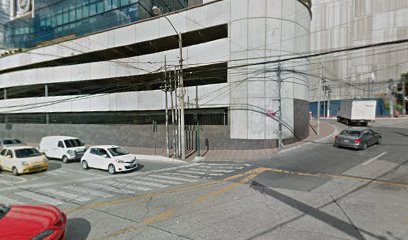
Tienda ejemplo
Discover the delightful flavors of Guatemalan coffee at Tienda Ejemplo, a cozy spot in Zone 4, perfect for tourists seeking relaxation and local charm.
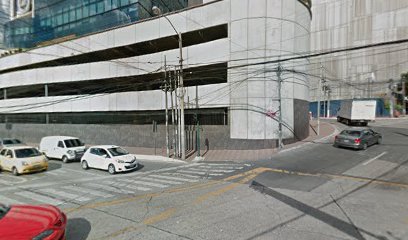
Gifter
Explore Gifter Gift Shop in Zone 4, Guatemala City for unique gifts and local artisan treasures that capture the essence of Guatemalan culture.
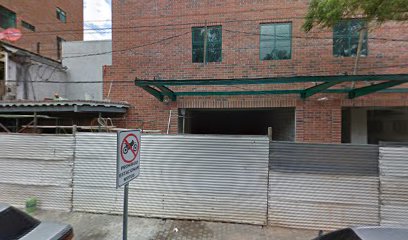
Boutique Secretos
Explore Boutique Secretos for unique and stylish underwear in the heart of Guatemala City’s vibrant Zone 4, where comfort meets elegance.
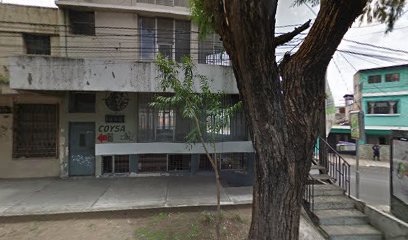
Essential bars & hidden hideouts
Whisky Den & Coffee Bar
Experience the finest selection of whiskeys and craft beers in the cozy ambiance of Whisky Den & Coffee Bar, the perfect spot for relaxation in Guatemala City.
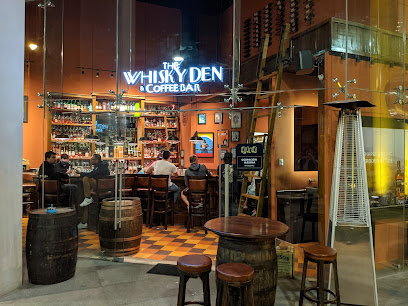
LA VIA 4 BAR & DISCOTEC
Discover the electric nightlife of Guatemala City at La Via 4 Bar & Discotec, where music and culture collide for an unforgettable experience.
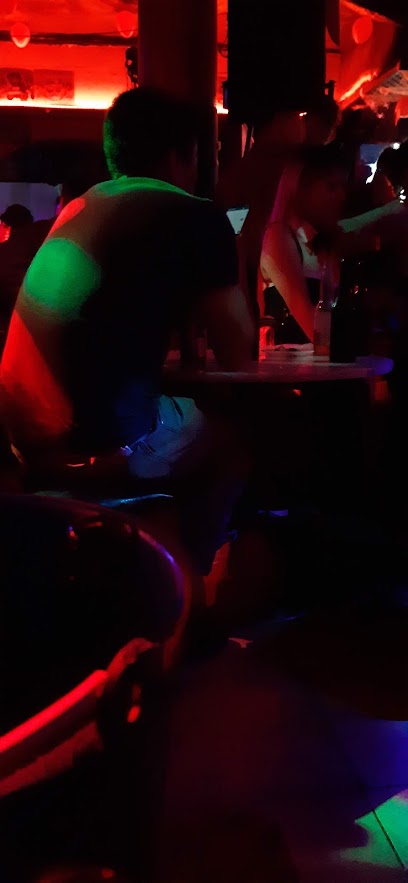
Johnny's PUB
Discover the best grill experience at Johnny's PUB in Zone 4, Guatemala City, where local flavors and lively ambiance come together.
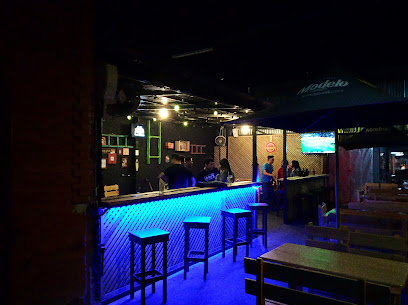
Balam Cocktail Bar
Experience the vibrant nightlife of Guatemala City at Balam Cocktail Bar, where expertly crafted cocktails meet a cozy atmosphere.
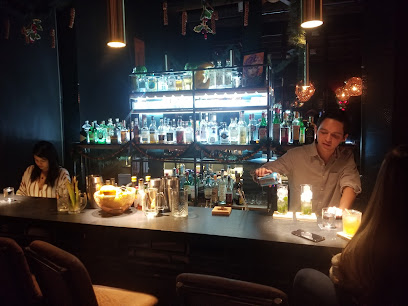
Bar-BQ Lounge
Experience the best of grill cuisine at Bar-BQ Lounge in Guatemala City, where flavor meets a vibrant atmosphere.
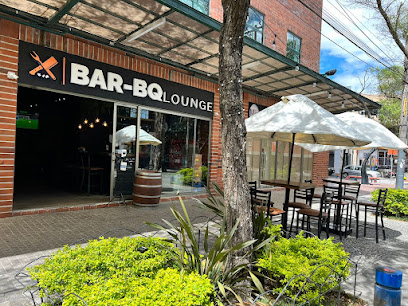
Bar y Restaurante Deluxe
Experience the vibrant flavors of Guatemala at Bar y Restaurante Deluxe, where traditional cuisine meets contemporary gastropub charm.
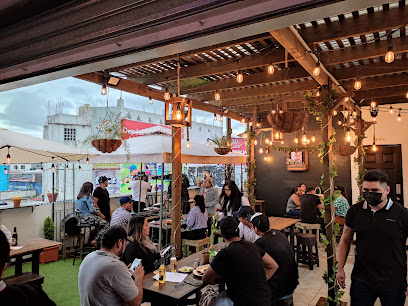
Vinarium
Explore the finest wines and a cozy ambiance at Vinarium, the ultimate bar experience in Guatemala City.
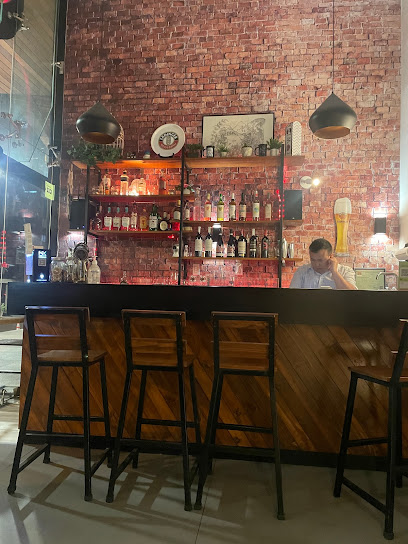
Hipnotiq Vintage
Discover the vibrant nightlife at Hipnotiq Vintage, a trendy bar in Guatemala City serving unique cocktails in a lively atmosphere.

Poison - Booze & Beats
Discover the vibrant nightlife at Poison - Booze & Beats in Guatemala City, where great drinks and live music create unforgettable experiences.
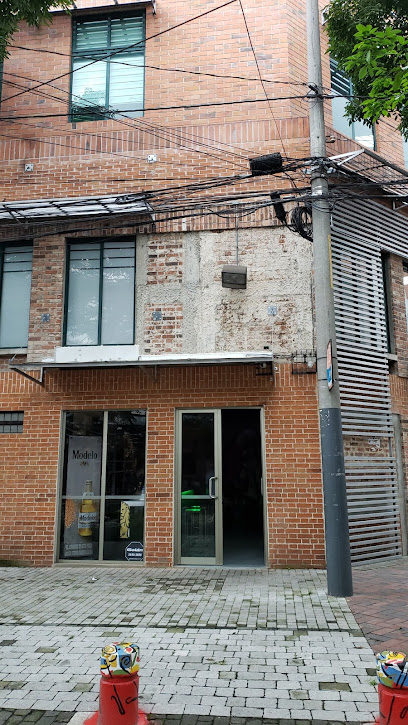
Unaynosvamos
Discover the enchanting melodies of Unaynosvamos, a vibrant piano bar in the heart of Guatemala City’s Zone 4, perfect for an unforgettable night out.
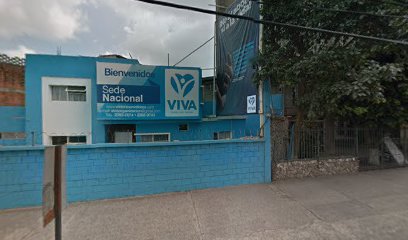
Local Phrases
-
- HelloHola
[oh-lah] - GoodbyeAdiós
[ah-dyohs] - YesSí
[see] - NoNo
[noh] - Please/You're welcomePor favor/De nada
[pohr fah-vohr/deh nah-dah] - Thank youGracias
[grah-syahs] - Excuse me/SorryPerdón/Lamento
[pehr-dohn/lah-mehn-toh] - How are you?¿Cómo estás?
[koh-moh ehs-tahs] - Fine. And you?Bien. ¿Y tú?
[byehn. ee too] - Do you speak English?¿Hablas inglés?
[ah-blahs een-glehs] - I don't understandNo entiendo
[noh ehn-tee-ehn-doh]
- HelloHola
-
- I'd like to see the menu, pleaseMe gustaría ver el menú, por favor
[meh goo-stah-ree-ah behr ehl meh-noo, pohr fah-vohr] - I don't eat meatNo como carne
[noh koh-moh kahr-neh] - Cheers!¡Salud!
[sah-lood] - I would like to pay, pleaseMe gustaría pagar, por favor
[meh goo-stah-ree-ah pah-gahr, pohr fah-vohr]
- I'd like to see the menu, pleaseMe gustaría ver el menú, por favor
-
- Help!¡Ayuda!
[ah-yoo-dah] - Go away!¡Vete!
[veh-teh] - Call the Police!¡Llama a la policía!
[yah-mah ah lah poh-lee-see-ah] - Call a doctor!¡Llama a un doctor!
[yah-mah ah oon dohk-tohr] - I'm lostEstoy perdido
[ehs-toy pehr-dee-doh] - I'm illEstoy enfermo
[ehs-toy ehn-fehr-moh]
- Help!¡Ayuda!
-
- I'd like to buy...Me gustaría comprar...
[meh goo-stah-ree-ah kohm-prahr] - I'm just lookingSolo estoy mirando
[soh-loh ehs-toy meer-ahn-doh] - How much is it?¿Cuánto cuesta?
[kwan-toh kwehs-tah] - That's too expensiveEso es demasiado caro
[eh-soh ehs deh-mah-syah-doh kah-roh] - Can you lower the price?¿Puedes bajar el precio?
[pweh-dehs bah-hahr ehl preh-see-oh]
- I'd like to buy...Me gustaría comprar...
-
- What time is it?¿Qué hora es?
[keh oh-rah ehs] - It's one o'clockEs la una
[ehs lah oo-nah] - Half past (10)Y media
[ee meh-dee-ah] - MorningMañana
[mah-nyah-nah] - AfternoonTarde
[tahr-deh] - EveningNoche
[noh-cheh] - YesterdayAyer
[ah-yehr] - TodayHoy
[oy] - TomorrowMañana
[mah-nyah-nah] - 1Uno
[oo-noh] - 2Dos
[dohs] - 3Tres
[trehs] - 4Cuatro
[kwa-troh] - 5Cinco
[seen-koh] - 6Seis
[says] - 7Siete
[syeh-teh] - 8Ocho
[oh-choh] - 9Nueve
[nweh-veh] - 10Diez
[dyehs]
- What time is it?¿Qué hora es?
-
- Where's a/the...?¿Dónde está...?
[dohn-deh ehs-tah] - What's the address?¿Cuál es la dirección?
[kwal ehs lah dee-rehk-see-ohn] - Can you show me (on the map)?¿Me puedes mostrar (en el mapa)?
[meh pweh-dehs mohs-trahr (ehn ehl mah-pah)] - When's the next (bus)?¿Cuándo es el próximo (autobús)?
[kwan-doh ehs ehl proh-ksee-moh (ow-toh-boos)] - A ticket (to ....)Un boleto (a ....)
[oon boh-leh-toh (ah)]
- Where's a/the...?¿Dónde está...?
History of Zona 4
-
Zona 4, known as the 'Zona Viva', was established as a commercial and cultural hub in the mid-20th century. This area began to attract attention for its potential as a center for modern business and leisure, leading to the development of numerous restaurants, bars, and shops, which set the foundation for its vibrant atmosphere today.
-
During the 1980s, Zona 4 became a focal point for the arts and cultural movements in Guatemala. The region was home to various galleries and theaters, which played a significant role in promoting local artists and fostering a sense of community amidst the political turmoil of the time. This cultural renaissance contributed to the area's identity as a creative enclave.
-
The Guatemalan Civil War (1960-1996) had profound effects on Zona 4, as it did on the rest of the country. Many artists and intellectuals sought refuge in this neighborhood, creating a unique blend of resilience and creativity. The war's impact can still be felt in the area's cultural expressions, with murals and art installations that commemorate the struggles and hopes of the Guatemalan people.
-
In the 21st century, Zona 4 has experienced significant gentrification, with new financial investments leading to the construction of upscale residential buildings and commercial spaces. This modern development has attracted a younger demographic, contributing to the area’s evolving character while sparking discussions about preservation and the impact on local communities.
-
In recent years, Zona 4 has emerged as a culinary hotspot within Guatemala City, boasting a diverse range of dining options that reflect both local and international cuisines. This gastronomic evolution has contributed to the neighborhood's reputation as a vibrant social space, drawing both locals and tourists eager to explore the rich flavors of Guatemalan culture.
Zona 4 Essentials
-
Zona 4 is centrally located in Guatemala City, making it accessible from various neighborhoods. If you're coming from Zona 1 (the historic center), you can take a taxi or rideshare service, which typically takes around 10-15 minutes depending on traffic. From Zona 10, you can also opt for a taxi, which is about a 5-10 minute ride. Public buses are available but can be less convenient for tourists unfamiliar with the routes.
-
Zona 4 is best navigated by taxi or rideshare services like Uber, which are widely used and safer for tourists. While public buses do operate in the area, they can be crowded and confusing for those not familiar with the city. Biking is becoming more popular, and some cafes and hotels offer bike rentals. Walking is also a pleasant option, especially in the more developed parts of the neighborhood.
-
Zona 4 is relatively safe compared to other parts of Guatemala City, but standard precautions should still be taken. Avoid walking alone at night, particularly in less populated areas. Areas near the main roads and popular spots such as Parque de la Industria are generally safe, whereas quieter streets may be riskier. Always keep an eye on your belongings and be cautious of pickpockets in crowded areas.
-
In case of emergency, dial 110 for police or 125 for medical assistance. It is advisable to have travel insurance that covers medical emergencies. Hospitals and clinics are available in Zona 4, and pharmacies are also easily accessible for minor health issues. Always keep a list of emergency contacts, including your country's embassy, on hand.
-
Fashion: Do dress conservatively and comfortably, especially in local markets. Don't wear flashy jewelry that might attract unwanted attention. Religion: Do respect local customs and traditions; dress modestly when entering religious sites. Public Transport: Do give up your seat to the elderly. Don't engage in loud conversations. Greetings: Do greet people with a friendly 'Hola.' Don't use overly formal titles unless necessary. Eating & Drinking: Do try local cuisine in reputable restaurants. Don't drink tap water; always opt for bottled water.
-
To experience Zona 4 like a local, visit the vibrant markets and food stalls where you can sample traditional Guatemalan dishes like pupusas and tamales. Engage with local artisans at craft fairs. Attend cultural events at Casa de la Cultura or Parque de la Industria to immerse yourself in local art and music. Networking with locals can also lead to hidden gems in the neighborhood that tourists often miss.
Nearby Cities to Zona 4
-
Things To Do in Antigua Guatemala
-
Things To Do in Panajachel
-
Things To Do in Chichicastenango
-
Things To Do in Lake Atitlán
-
Things To Do in Quetzaltenango
-
Things To Do in Chalchuapa
-
Things To Do in Santa Ana
-
Things To Do in Copán Ruinas
-
Things To Do in San Salvador
-
Things To Do in Suchitoto
-
Things To Do in La Libertad
-
Things To Do in Santa Rosa de Copán
-
Things To Do in Gracias
-
Things To Do in Rio Dulce
-
Things To Do in Livingston






